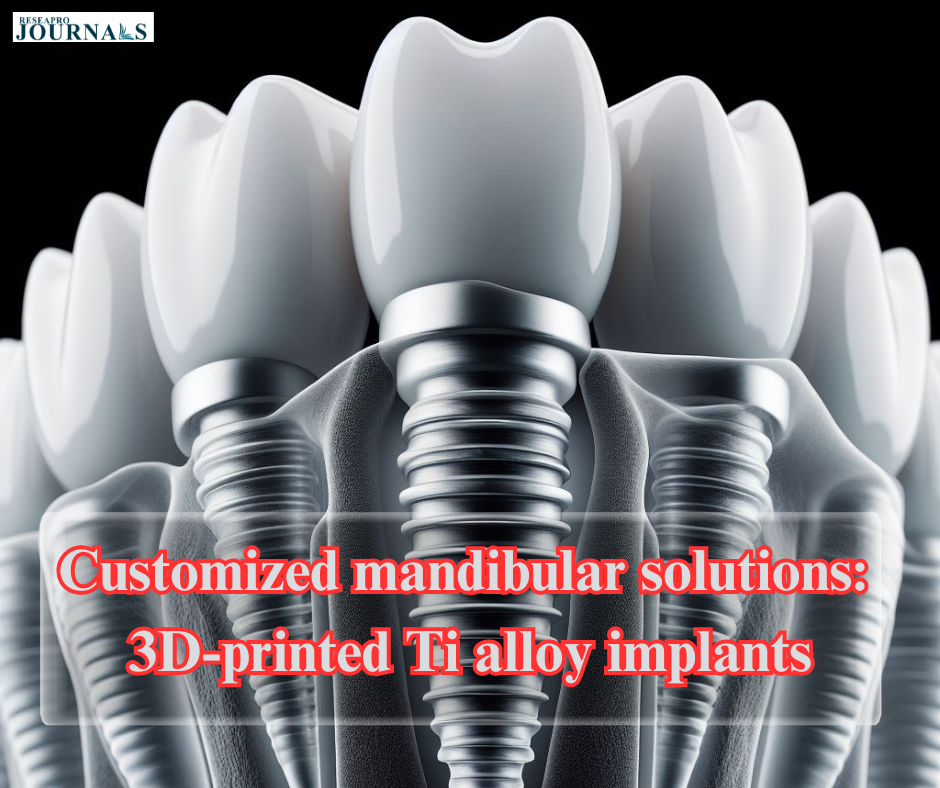|
Getting your Trinity Audio player ready...
|
Mandibular defects, often resulting from trauma or disease, present significant challenges in oral and maxillofacial surgery. The integration of 3D printing technology and titanium (Ti) alloy implants offers a promising solution for mandibular reconstruction. This study employs finite element analysis (FEA) to assess the biomechanical performance of 3D-printed Ti alloy implants and explores their clinical application in reconstructing mandibular defects.
Body:
Finite element analysis allows for a detailed examination of stress distribution and mechanical behavior within the 3D-printed Ti alloy implant. The study investigates how the implant interacts with surrounding tissues, ensuring optimal load-bearing capacity and minimizing potential complications. Moreover, the clinical application of these implants involves customization based on patient-specific anatomical data, enhancing the precision of mandibular defect reconstruction. The Ti alloy’s biocompatibility ensures seamless integration with the surrounding bone, promoting osseointegration and long-term stability.
The 3D-printed Ti alloy implants demonstrate superior strength and durability, critical factors for withstanding the dynamic forces within the oral environment. By mimicking the natural biomechanics of the mandible, these implants provide functional and aesthetic benefits, significantly improving patient outcomes. The study also addresses considerations such as material biocompatibility, implant design optimization, and the overall feasibility of integrating 3D-printed Ti alloy implants into standard clinical practice.
Conclusion:
In conclusion, the combination of finite element analysis and clinical application demonstrates the viability of 3D-printed Ti alloy implants for mandibular defect reconstruction. This innovative approach holds promise for enhancing the effectiveness and longevity of oral and maxillofacial interventions, marking a significant advancement in the field of reconstructive surgery.




